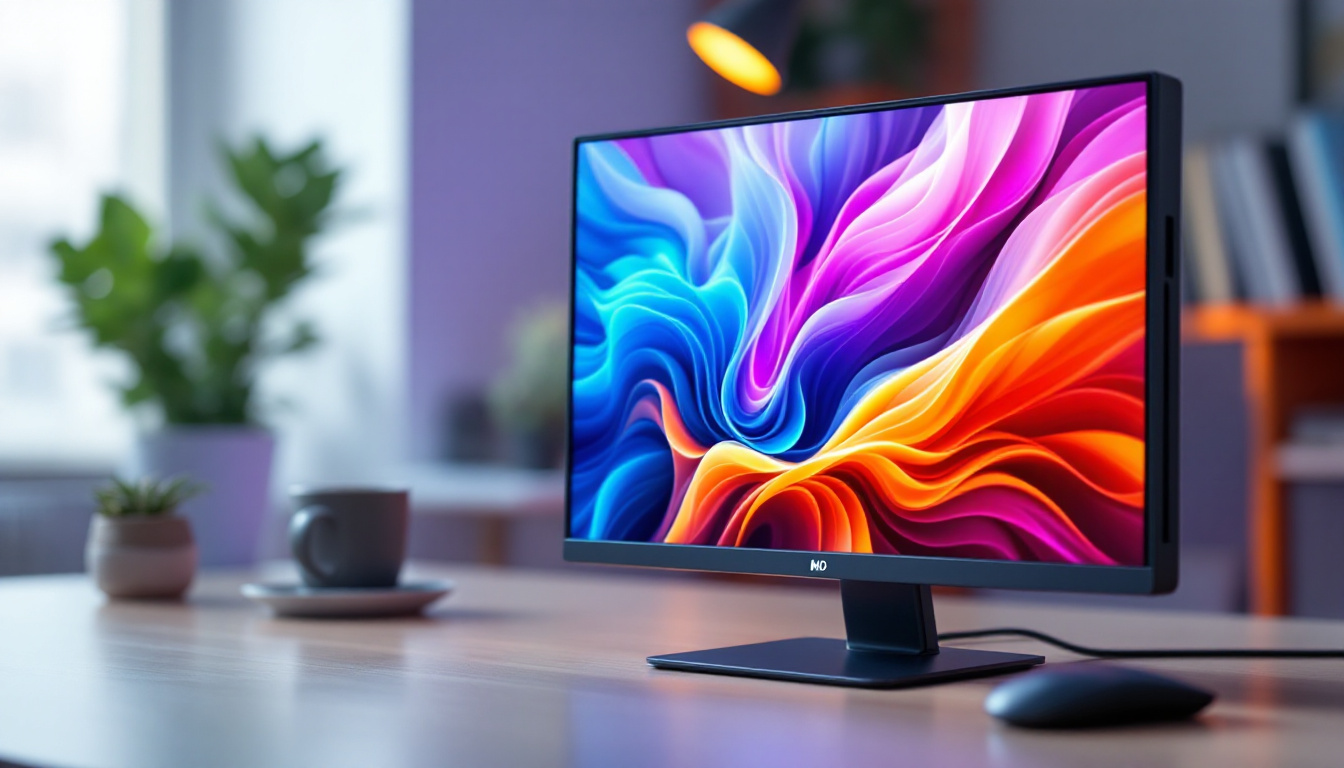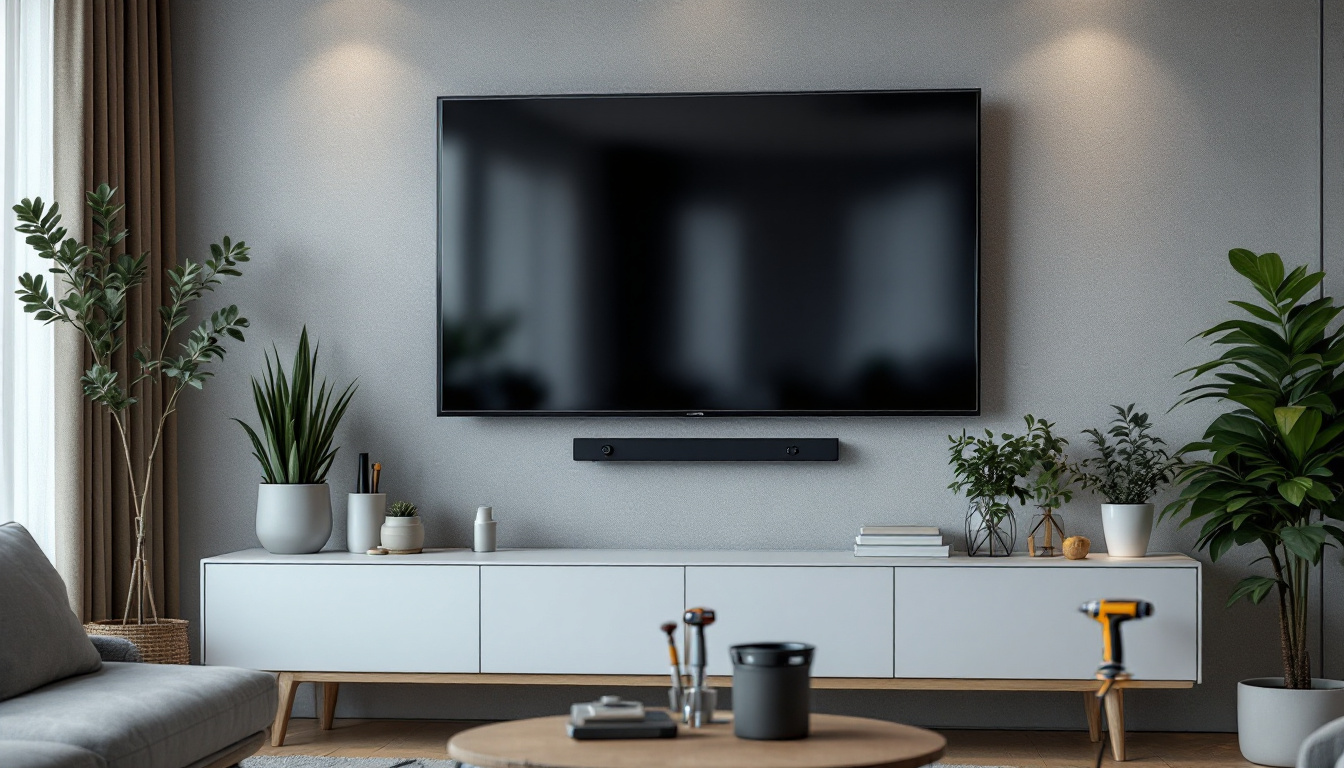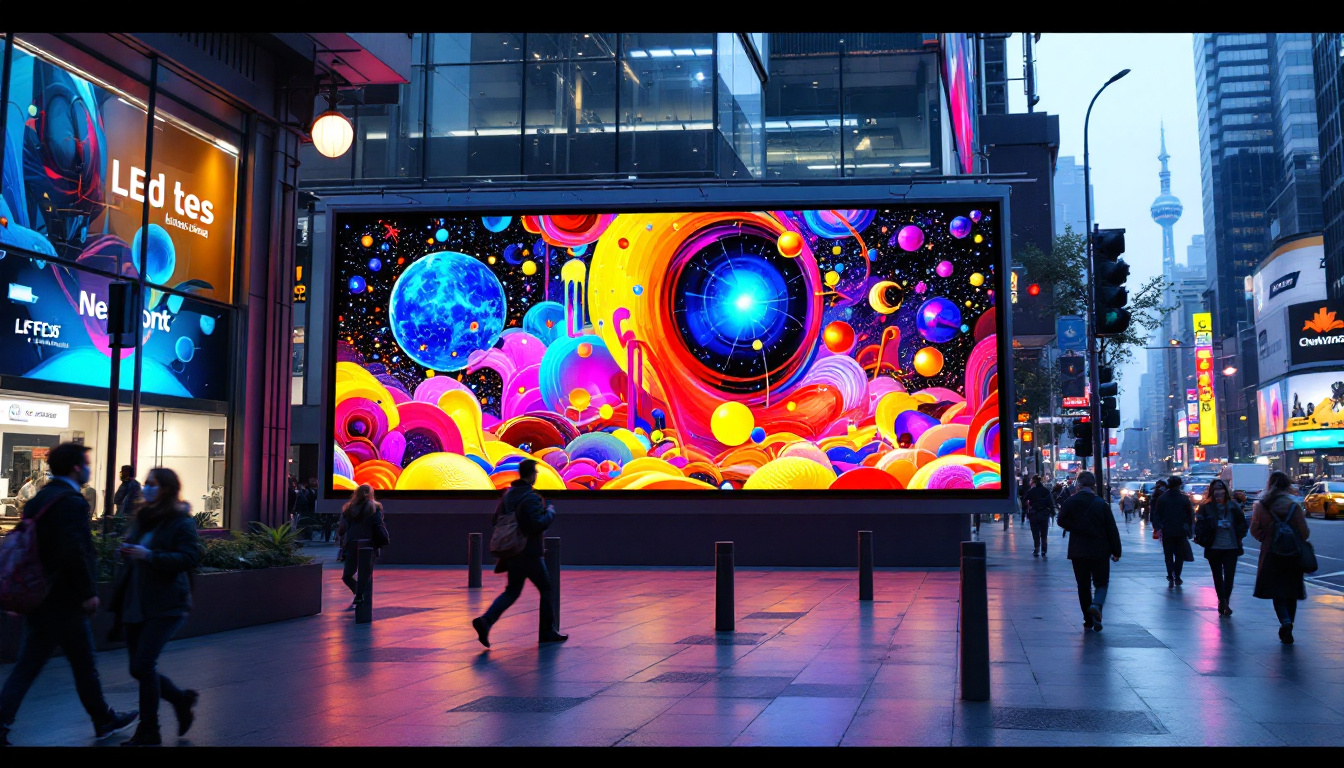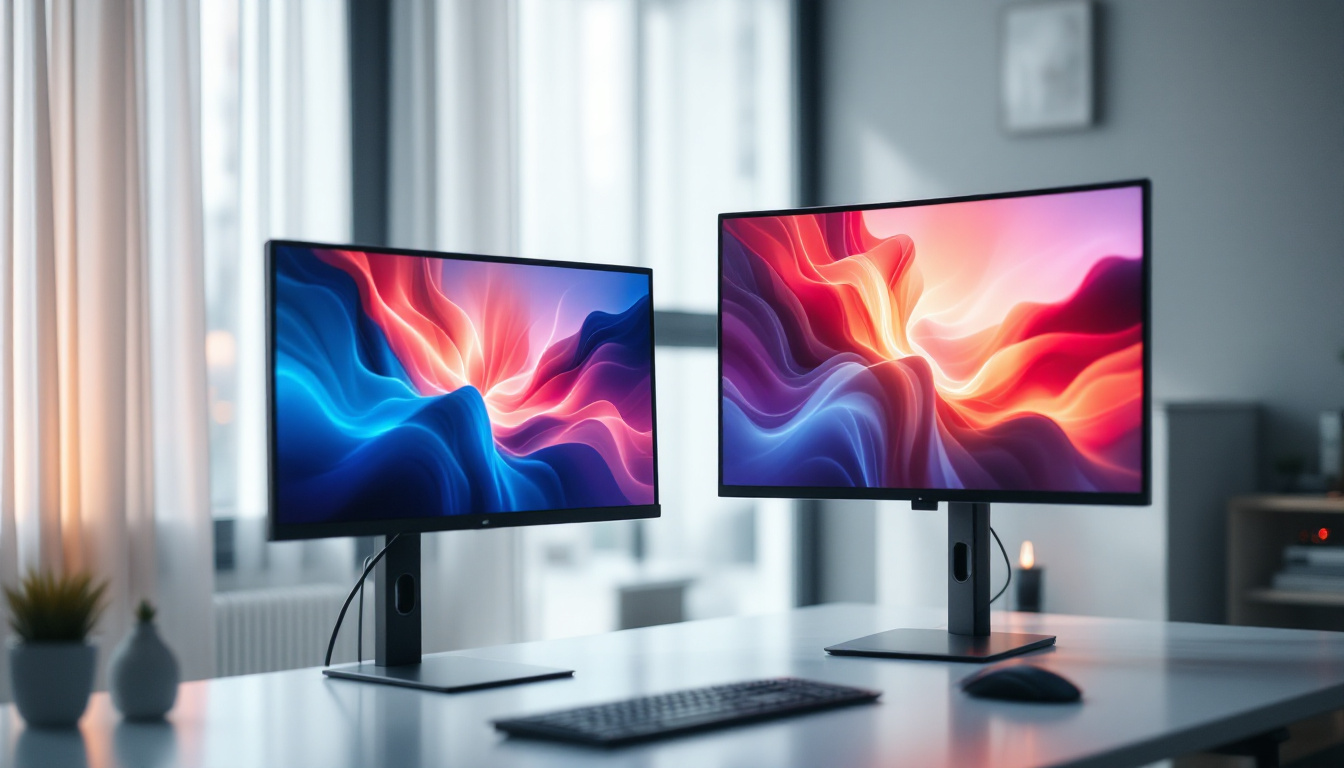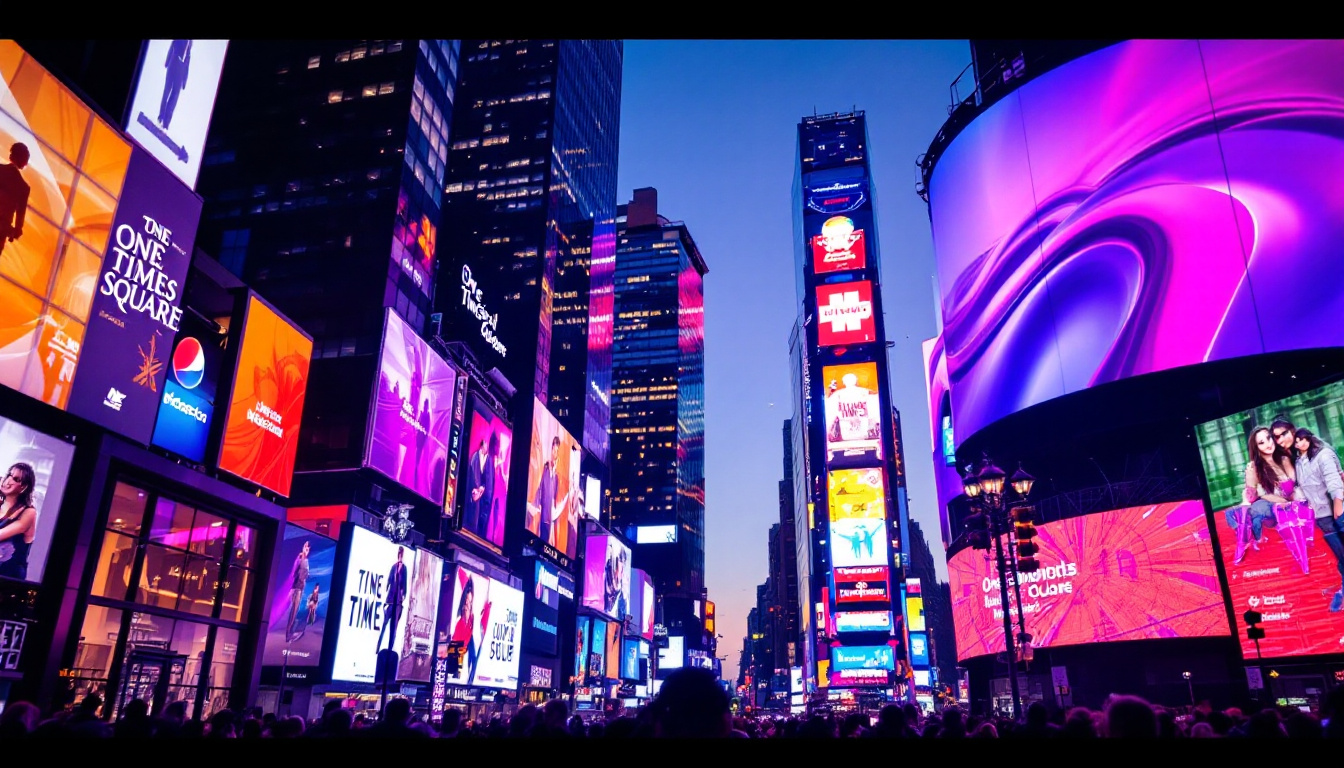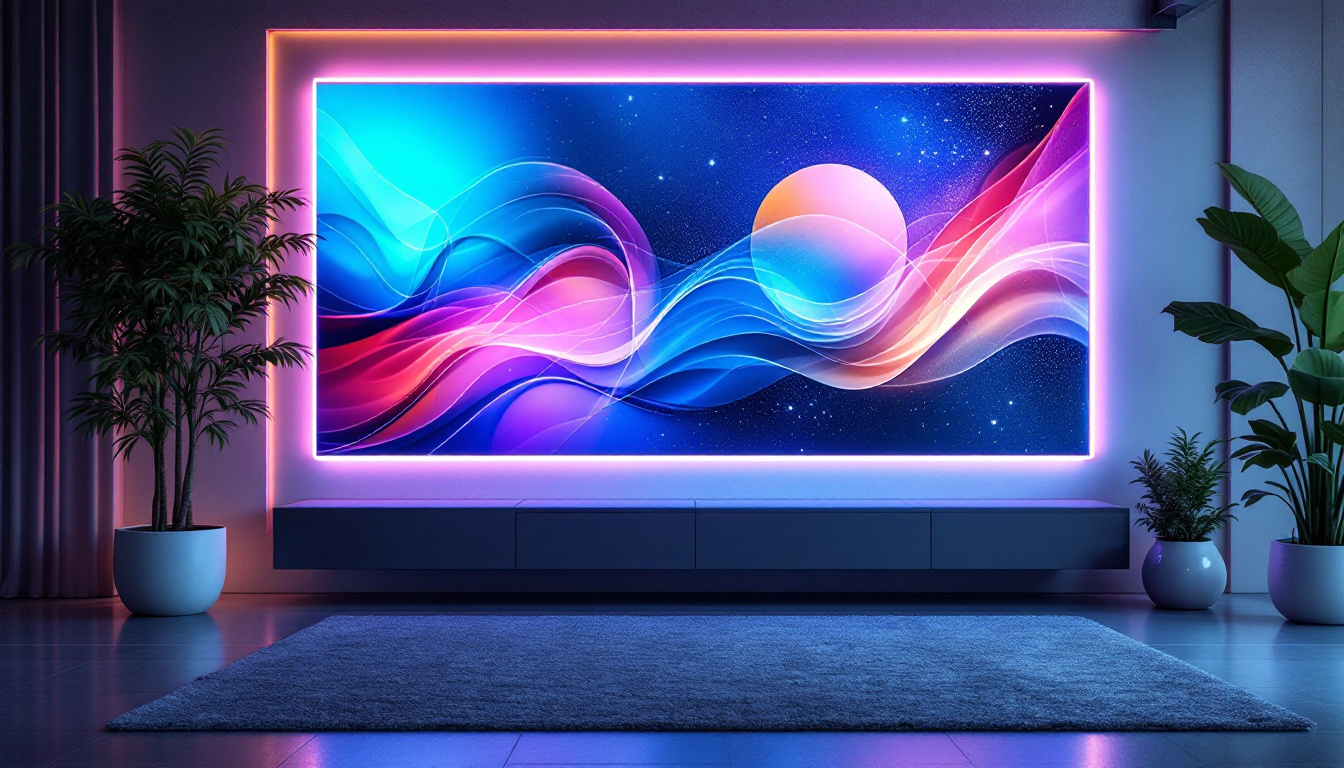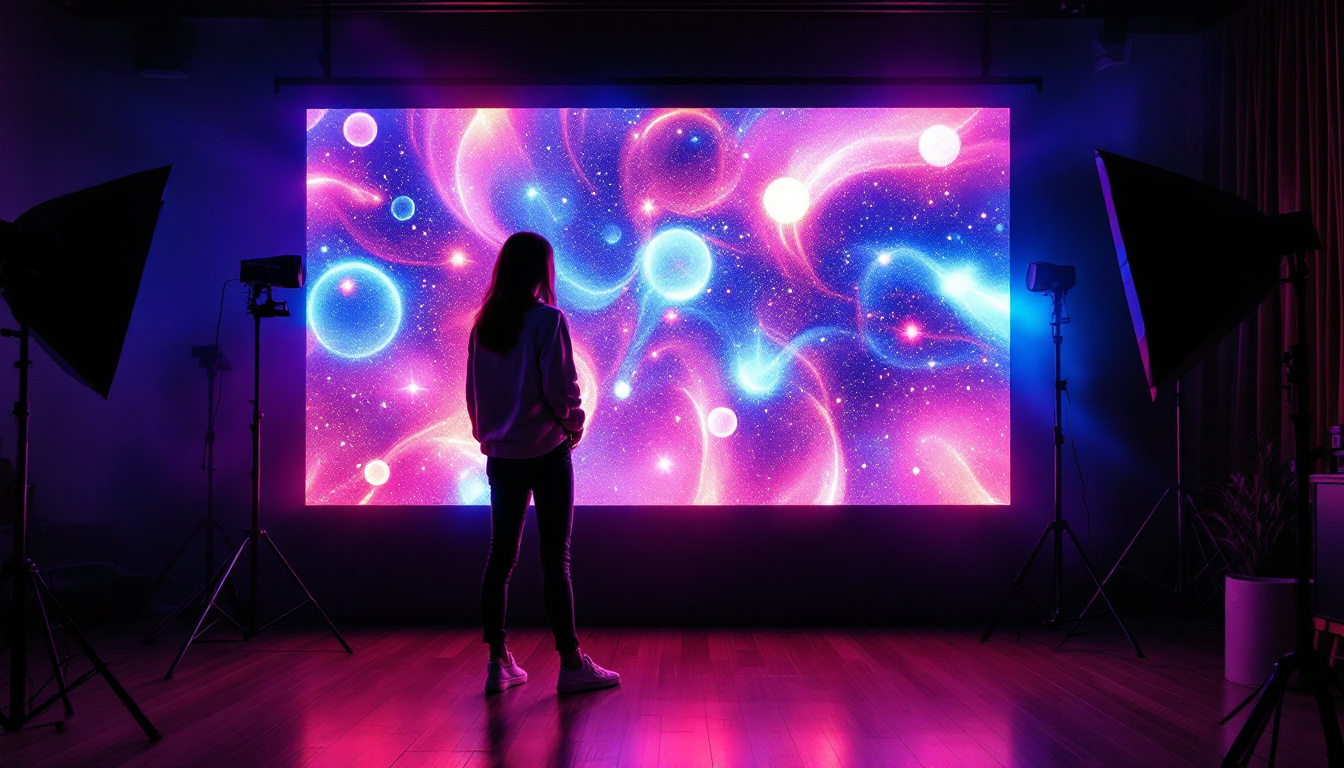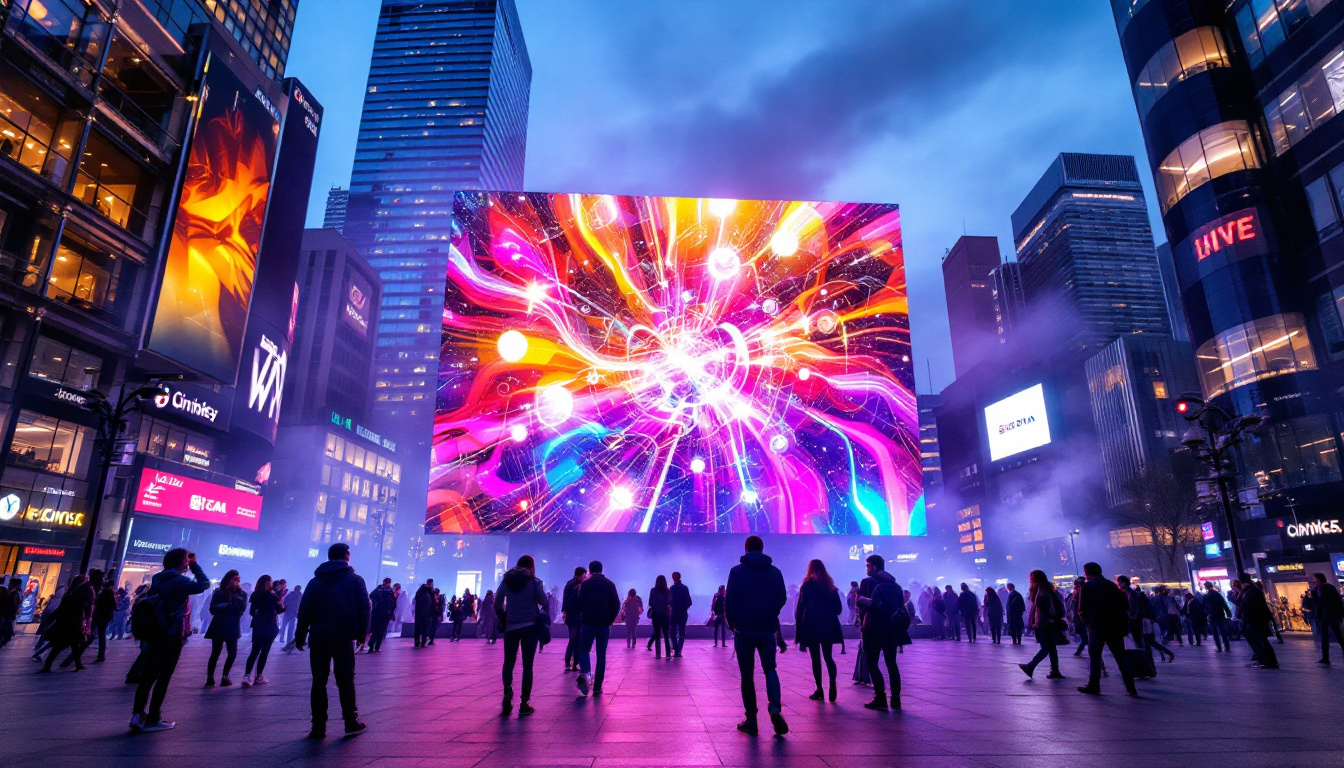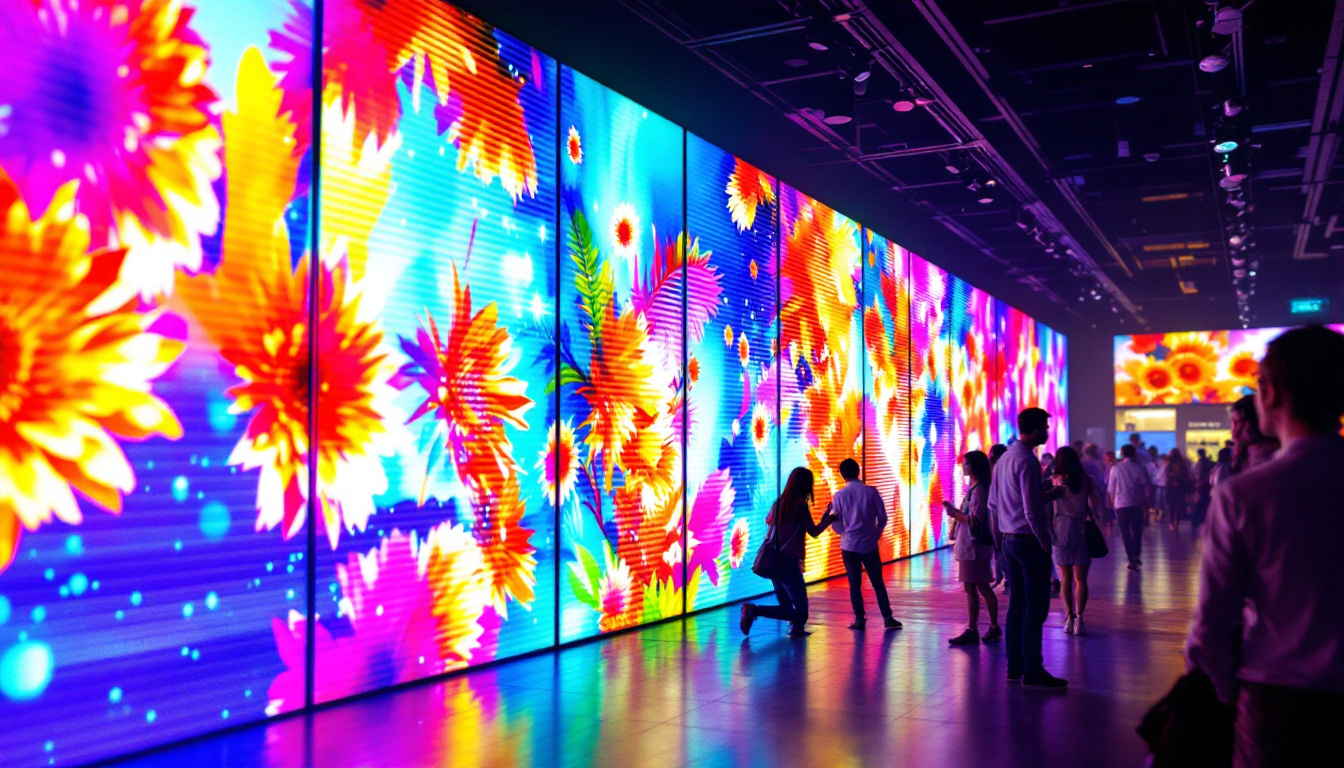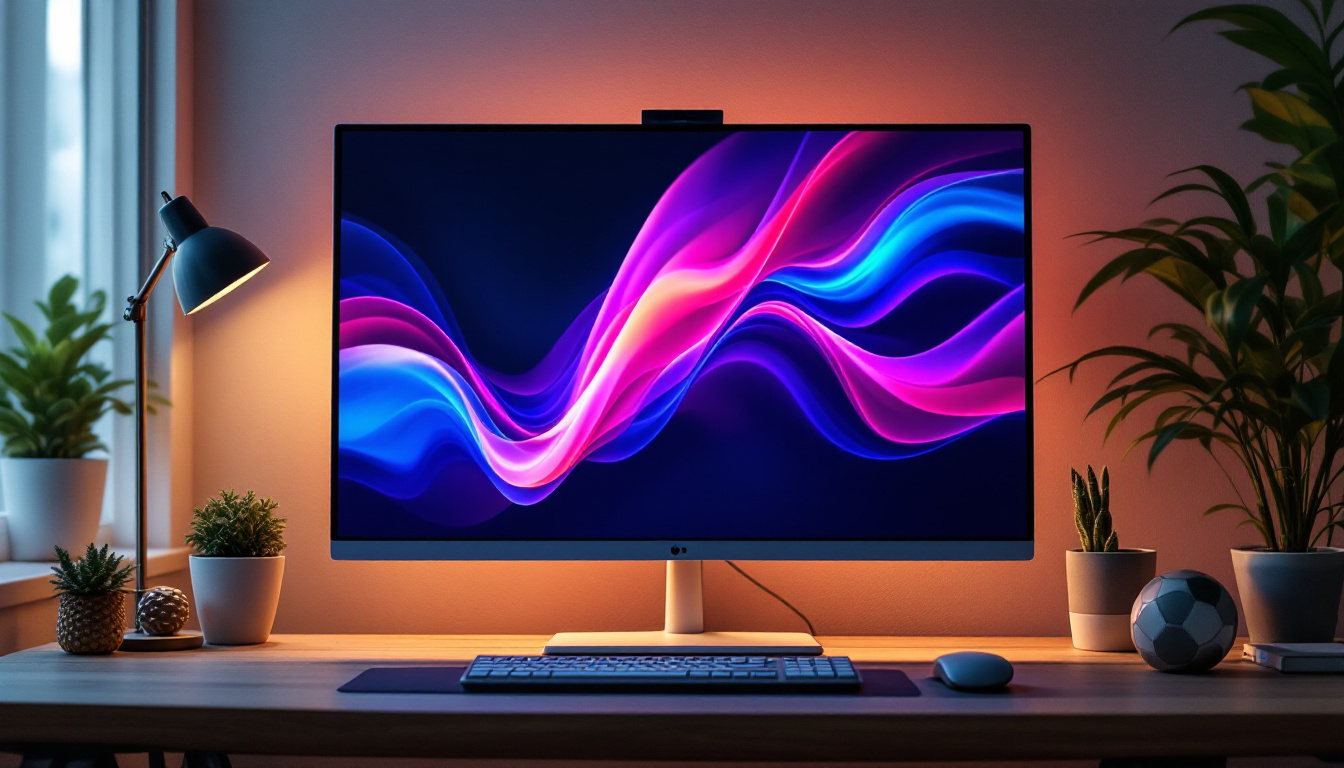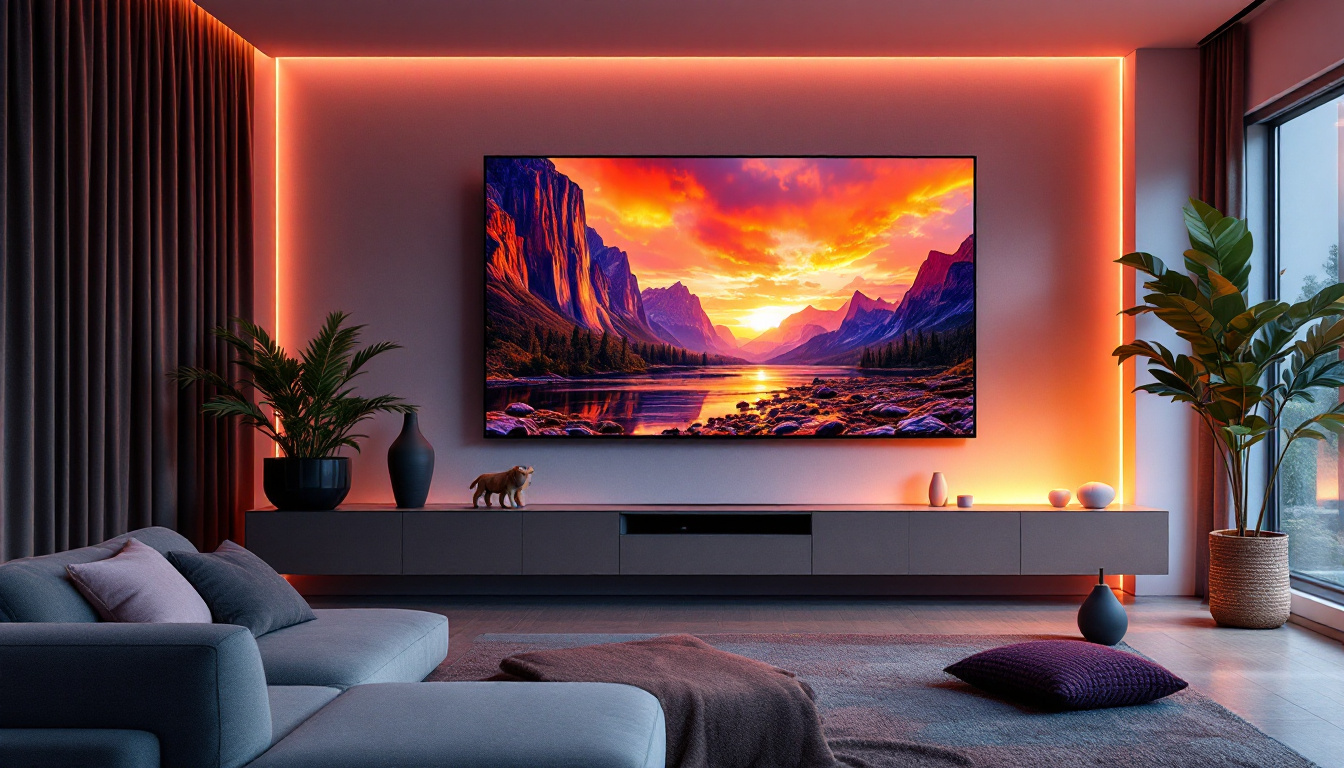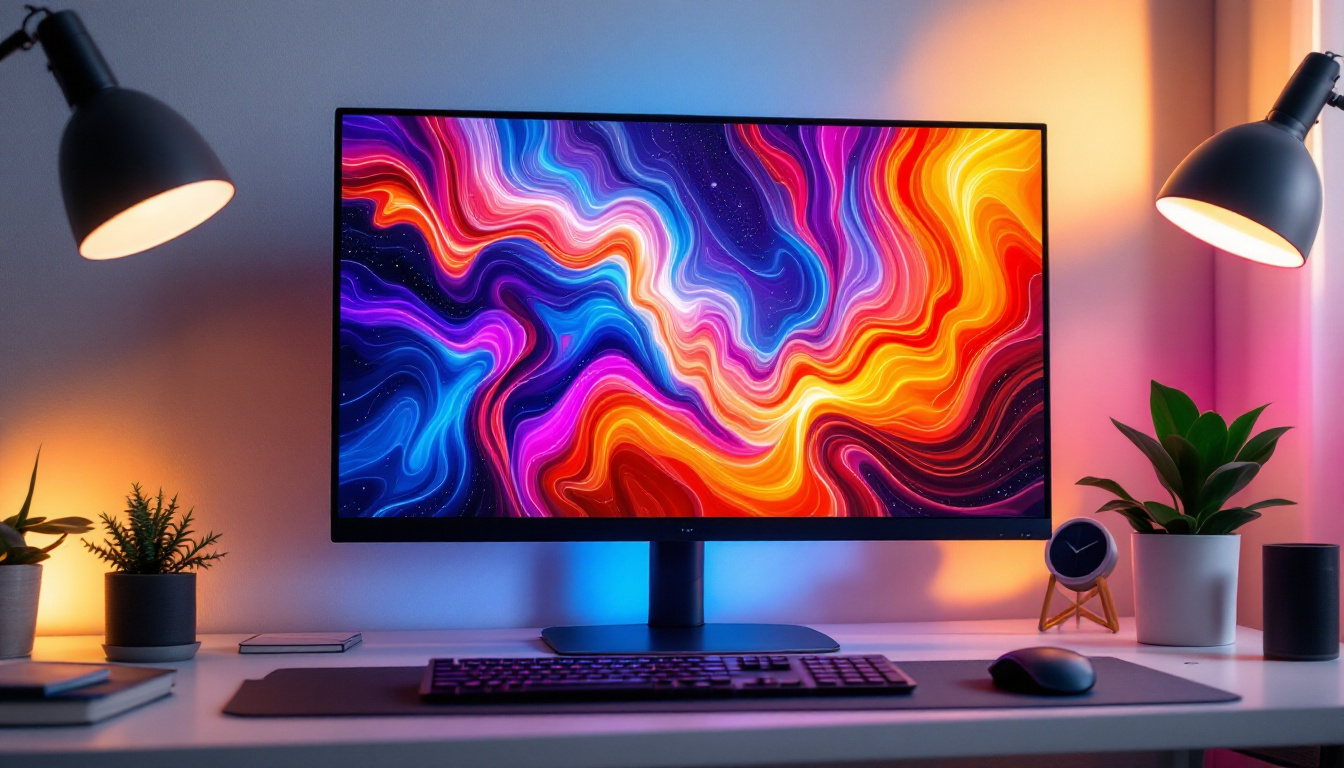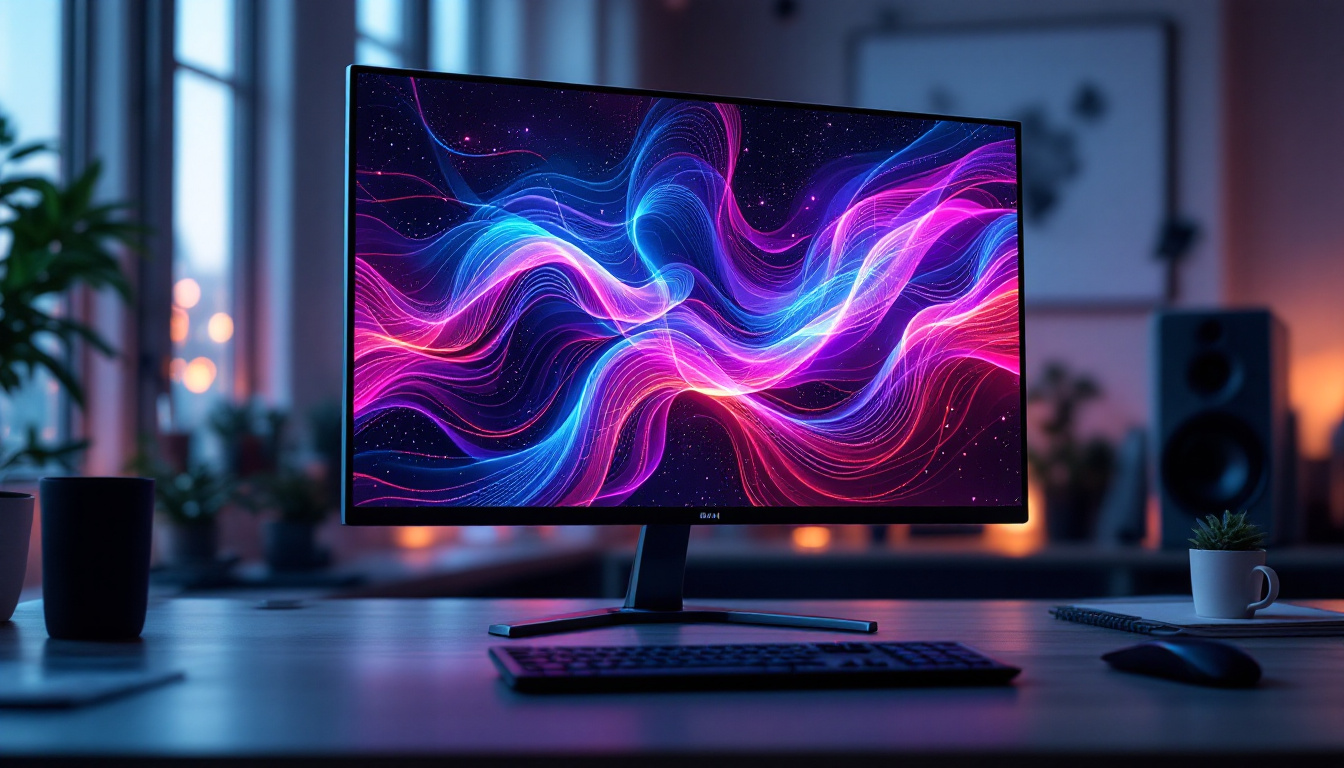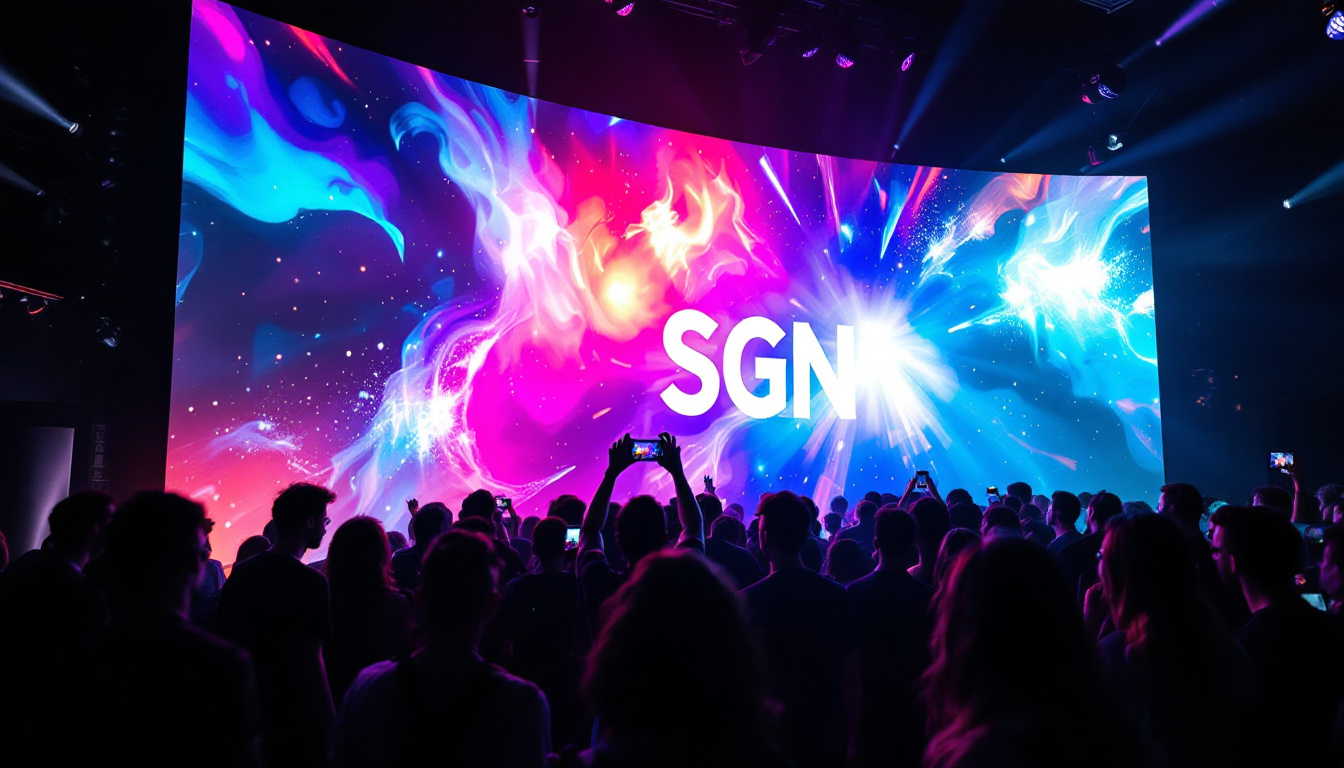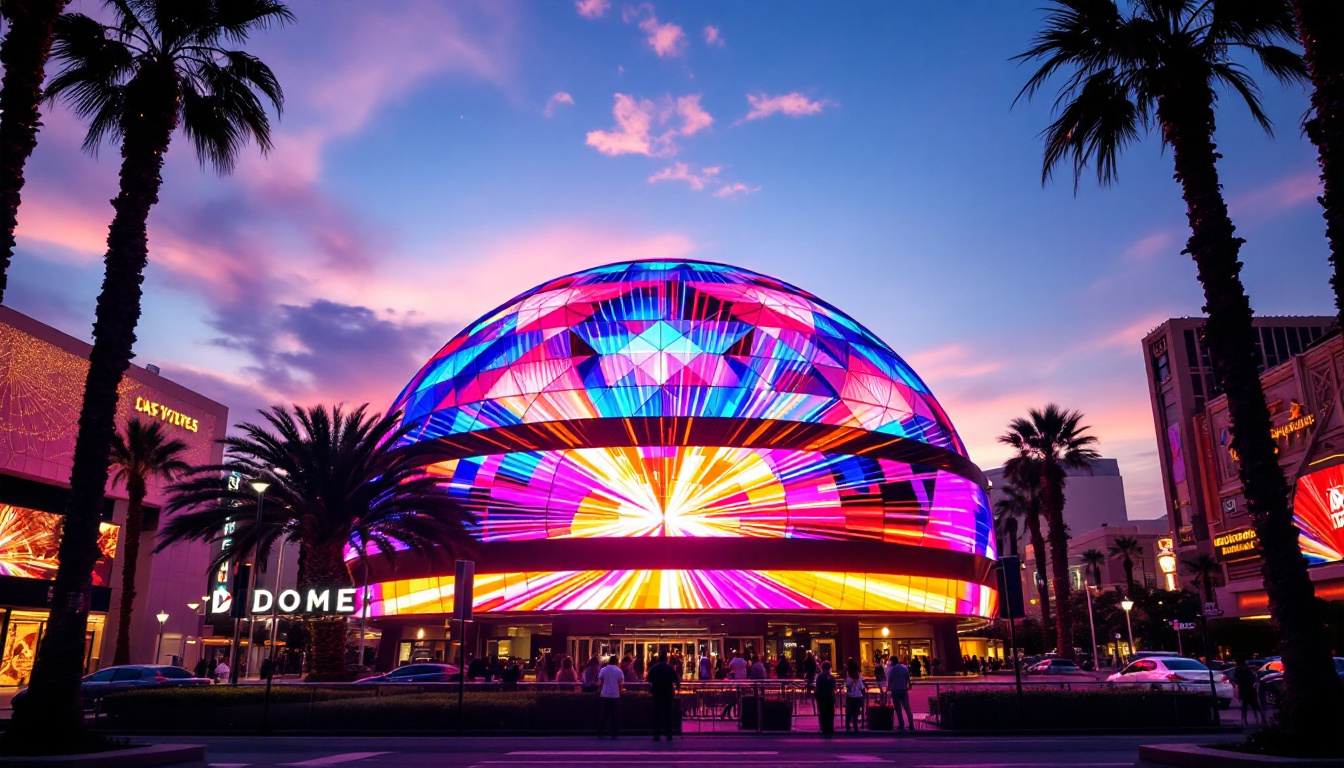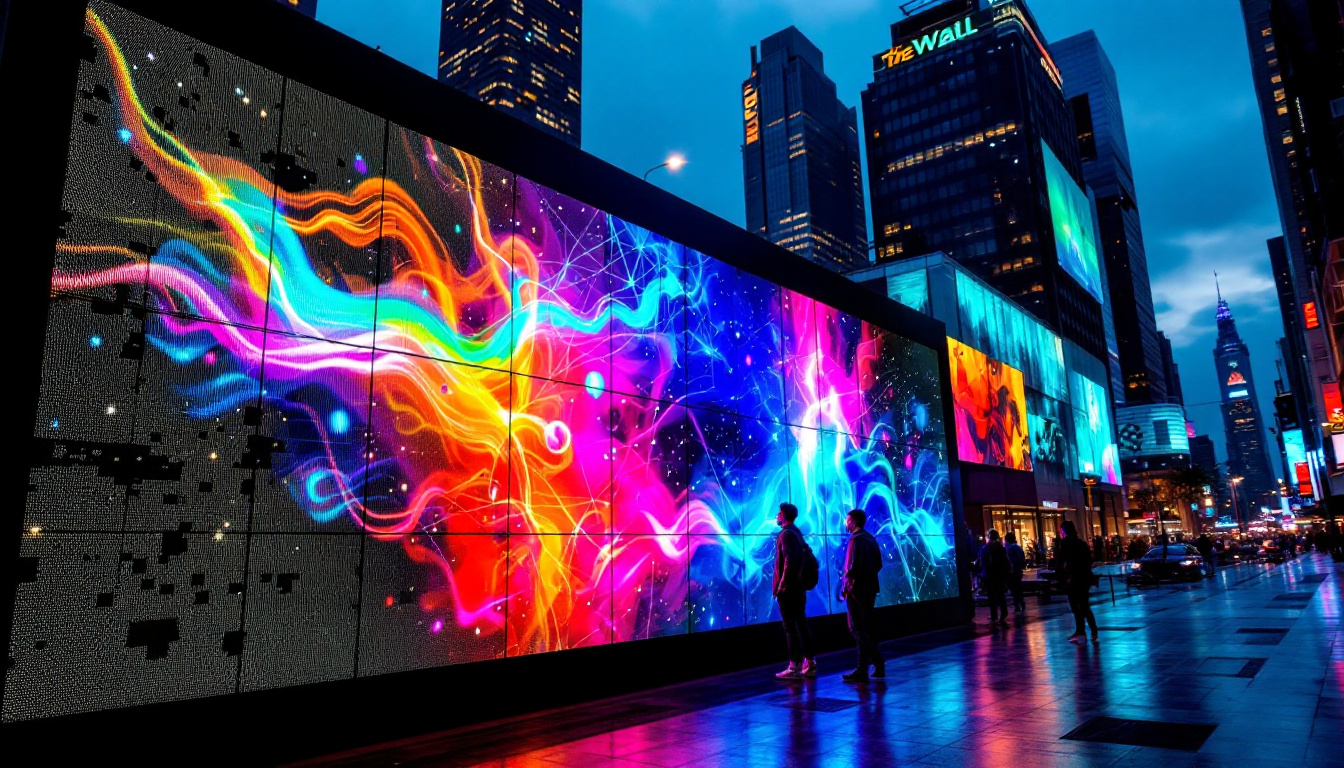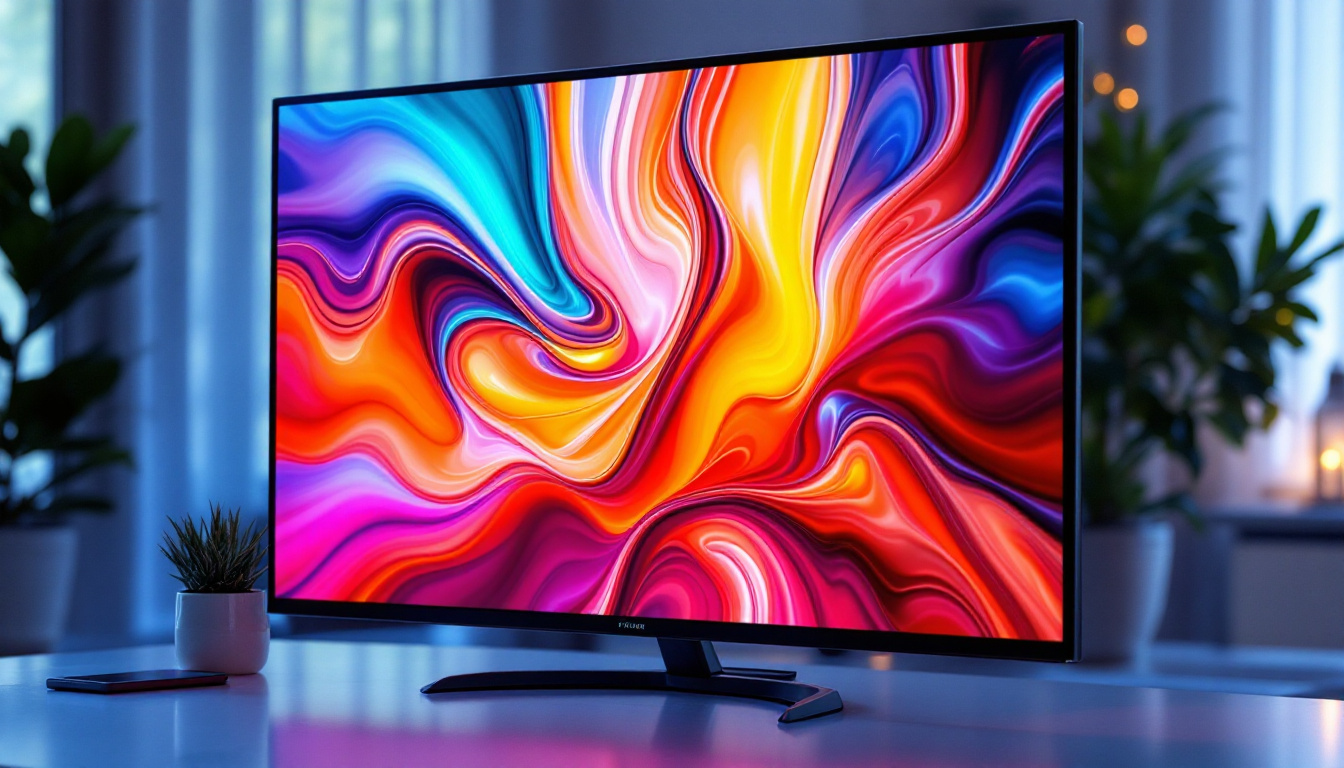The evolution of display technology has brought forth numerous innovations, with the mini LED monitor emerging as a significant advancement in recent years. This article delves into what mini LED displays are, how they differ from traditional LED displays, and the advantages they offer for various applications. Understanding these concepts can help consumers and professionals alike make informed decisions when choosing display technologies for their needs.
Understanding LED Technology
To appreciate the mini LED monitor, it is essential to first understand the fundamental principles of LED technology. LED, or Light Emitting Diode, is a semiconductor device that emits light when an electric current passes through it. This technology has been widely adopted in various display types, including televisions, computer monitors, and smartphones.
How LED Displays Work
LED displays utilize a matrix of tiny light-emitting diodes to create images. These diodes can be arranged in various configurations, either as backlighting for LCD screens or as standalone pixels in OLED displays. The ability to control each diode individually allows for precise color reproduction and brightness levels, contributing to the overall quality of the display.
In traditional LED displays, the backlighting is typically uniform across the screen. This means that while colors can be vibrant and images clear, there are limitations in contrast and black levels, particularly in darker scenes.
Types of LED Displays
There are several types of LED displays, including standard LED, OLED, and mini LED. Each type has distinct characteristics and applications. Standard LED displays are commonly used in televisions and monitors, while OLED displays offer deeper blacks and better contrast due to their ability to turn off individual pixels completely.
Mini LED technology is a hybrid that combines elements of both traditional LED and OLED displays. By utilizing smaller LEDs, mini LED monitors can achieve greater precision in backlighting, resulting in improved contrast and color accuracy.
What is a Mini LED Monitor?
A mini LED monitor is a display that employs thousands of tiny LEDs as a backlight, significantly enhancing the performance of traditional LED displays. These smaller diodes allow for more localized dimming zones, which means that the monitor can control brightness levels more effectively across different areas of the screen.
Key Features of Mini LED Monitors
One of the standout features of mini LED monitors is their ability to provide a higher dynamic range. This means that the difference between the darkest and brightest parts of an image is more pronounced, leading to a more lifelike viewing experience. Additionally, mini LED technology can produce richer colors and improved contrast ratios, making it an attractive option for both gamers and professionals in graphic design.
Another significant advantage is the reduction of blooming effects, which occur when bright objects bleed into darker areas of the screen. Mini LED monitors can minimize this effect through their precise control over local dimming, resulting in clearer images and better overall picture quality.
Applications of Mini LED Monitors
Mini LED monitors are versatile and can be used in various settings. They are particularly popular among gamers who require fast response times and high refresh rates. The enhanced color accuracy and contrast make them ideal for creative professionals working in photography, video editing, and graphic design.
Moreover, mini LED technology is also making its way into the realm of televisions, where viewers can enjoy a cinematic experience with vibrant colors and deep blacks. As the technology continues to evolve, it is expected that mini LED displays will become more prevalent across different sectors.
Comparing Mini LED with Other Display Technologies
When considering a mini LED monitor, it is essential to compare it with other display technologies to understand its advantages and limitations. This section will explore how mini LED stacks up against traditional LED and OLED displays.
Mini LED vs. Traditional LED
While traditional LED displays have been the standard for many years, mini LED technology offers several enhancements. The primary difference lies in the size of the LEDs and the number of dimming zones available. Mini LED monitors feature thousands of tiny LEDs, allowing for more precise control over brightness and contrast.
As a result, mini LED displays can achieve deeper blacks and brighter highlights compared to their traditional counterparts. This improvement is particularly noticeable in high dynamic range (HDR) content, where the contrast between light and dark scenes is critical for an immersive experience.
Mini LED vs. OLED
OLED displays are known for their exceptional color accuracy and true blacks, as each pixel can be turned off completely. However, mini LED monitors are closing the gap with their local dimming capabilities. While OLED may still have the edge in terms of absolute black levels, mini LED technology offers a more affordable alternative with impressive performance.
Furthermore, mini LED monitors do not suffer from burn-in issues that can affect OLED displays, making them a more durable option for users who require long hours of operation. This aspect is particularly important for gaming and professional environments where static images may be displayed for extended periods.
Benefits of Mini LED Monitors
The advantages of mini LED monitors extend beyond just image quality. Here are some of the key benefits that make them an appealing choice for consumers and professionals alike.
Enhanced Picture Quality
Mini LED technology significantly enhances picture quality through improved contrast ratios and color accuracy. The ability to control individual dimming zones allows for a more dynamic range of brightness, making images appear more vibrant and lifelike.
This enhanced picture quality is especially beneficial for HDR content, where the difference between bright and dark scenes can be striking. Users can enjoy a more immersive viewing experience, whether they are watching movies, playing games, or working on creative projects.
Improved Energy Efficiency
Despite their advanced technology, mini LED monitors are designed to be energy efficient. The smaller size of the LEDs allows for less power consumption while still delivering high-quality images. This efficiency not only reduces energy costs but also contributes to a lower environmental impact.
As consumers become more environmentally conscious, the energy efficiency of mini LED monitors makes them an attractive option for those looking to reduce their carbon footprint.
Versatility and Adaptability
Mini LED monitors are versatile and can adapt to various applications. Whether for gaming, professional use, or casual viewing, these monitors can meet the demands of different users. Their ability to provide high refresh rates and fast response times makes them particularly appealing to gamers, while their color accuracy and contrast make them suitable for graphic designers and video editors.
As the technology continues to develop, mini LED monitors are expected to become even more adaptable, catering to a broader range of needs and preferences.
Choosing the Right Mini LED Monitor
When selecting a mini LED monitor, several factors should be considered to ensure that the chosen display meets specific requirements. Understanding these factors can help users make an informed decision.
Resolution and Size
The resolution of a monitor is a critical factor that affects image clarity and detail. Mini LED monitors are available in various resolutions, including Full HD, 4K, and even 8K. Higher resolutions provide sharper images, making them ideal for tasks that require precision, such as graphic design or video editing.
Additionally, the size of the monitor should be considered based on the available workspace and viewing distance. Larger screens can enhance the viewing experience, but they may require more desk space and can be more expensive.
Refresh Rate and Response Time
For gamers, refresh rate and response time are crucial specifications. A higher refresh rate results in smoother motion, while a lower response time minimizes motion blur. Mini LED monitors often come with high refresh rates, making them suitable for fast-paced gaming.
It is advisable to look for monitors with at least a 144Hz refresh rate and a response time of 1ms to ensure an optimal gaming experience. This combination provides fluid visuals and enhances overall gameplay.
Connectivity Options
Connectivity is another important consideration when choosing a mini LED monitor. Ensure that the monitor has the necessary ports to connect to your devices, whether it be HDMI, DisplayPort, or USB-C. Additionally, consider whether the monitor supports features like variable refresh rate (VRR) and adaptive sync technologies, which can further enhance the gaming experience.
Having a variety of connectivity options ensures compatibility with different devices and future-proofs the monitor for potential upgrades.
Future of Mini LED Technology
The future of mini LED technology looks promising, with ongoing advancements expected to enhance its capabilities further. As manufacturers continue to innovate, mini LED monitors are likely to become more widely adopted across various sectors.
Potential Developments
Future developments may include improvements in color accuracy, brightness levels, and even the integration of artificial intelligence to optimize display performance. These advancements could lead to even more immersive viewing experiences and greater versatility in applications.
Additionally, as production processes become more refined, the cost of mini LED technology may decrease, making it more accessible to a broader audience. This democratization of technology could lead to a surge in demand for mini LED monitors in both consumer and professional markets.
Conclusion
In conclusion, mini LED monitors represent a significant leap forward in display technology, offering enhanced picture quality, energy efficiency, and versatility. By understanding the benefits and features of mini LED technology, consumers and professionals can make informed decisions that align with their specific needs.
As the technology continues to evolve, it is likely that mini LED monitors will play an increasingly important role in various applications, from gaming to professional design. With their ability to deliver stunning visuals and improved performance, mini LED monitors are poised to become a staple in the world of display technology.
Discover the Future of Visual Experience with LumenMatrix
Ready to elevate your visual experience with the latest in LED display technology? LumenMatrix is at the forefront of innovation, offering a diverse range of LED display solutions that cater to your every need. From immersive Indoor LED Wall Displays to dynamic Outdoor LED Wall Displays, and from versatile Vehicle LED Displays to sleek LED Poster Displays, our products are designed to captivate and engage. Embrace the future with our LED Sports Displays, interactive Floor LED Displays, and the revolutionary All-in-One LED Display. Experience the clarity and impact of our Custom LED Displays and LED Transparent Displays. Don’t just take our word for it; check out LumenMatrix LED Display Solutions today and see how we can transform your space into a hub of visual innovation.

